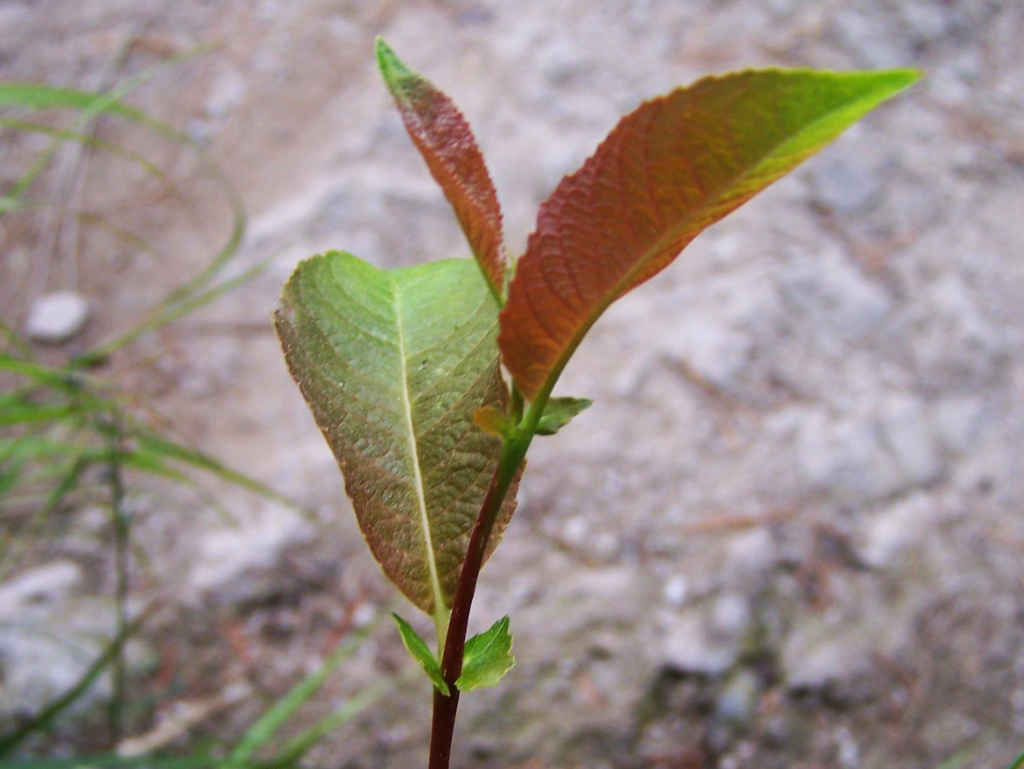|
Salix Nipponica
''Salix nipponica'' is a species of willow native to Eastern Asia. Range It is found along rivers and streams in forest regions; near sea level to 500 m. It is found in the Chinese provinces of Hebei, Heilongjiang, Hunan, Jiangsu, Jilin, Liaoning, E Nei Mongol, Shandong, Xizang, Zhejiang. It is also found in Japan, Korea, Mongolia, and the Russian Far East.Flora of China''Salix nipponica''/ref> Taxonomy Salix nipponica was formerly treated as '' S. triandra'' var. ''nipponica'' (Franch. & Savatier) but it is now considered a distinct species. References External links * * nipponica Flora of China {{Salicaceae-stub ... [...More Info...] [...Related Items...] OR: [Wikipedia] [Google] [Baidu] |
Willow
Willows, also called sallows and osiers, from the genus ''Salix'', comprise around 400 speciesMabberley, D.J. 1997. The Plant Book, Cambridge University Press #2: Cambridge. of typically deciduous trees and shrubs, found primarily on moist soils in cold and temperate regions. Most species are known as willow, but some narrow-leaved shrub species are called osier, and some broader-leaved species are referred to as sallow (from Old English ''sealh'', related to the Latin word ''salix'', willow). Some willows (particularly arctic and alpine species) are low-growing or creeping shrubs; for example, the dwarf willow (''Salix herbacea'') rarely exceeds in height, though it spreads widely across the ground. Description Willows all have abundant watery bark sap, which is heavily charged with salicylic acid, soft, usually pliant, tough wood, slender branches, and large, fibrous, often stoloniferous roots. The roots are remarkable for their toughness, size, and tenacity to ... [...More Info...] [...Related Items...] OR: [Wikipedia] [Google] [Baidu] |
Salix Triandra
''Salix triandra'', with the common names almond willow, almond-leaved willow or black maul willow, is a species of willow native to Europe and Western and Central Asia. It is found from south-eastern England east to Lake Baikal, and south to Spain and the Mediterranean east to the Caucasus, and the Alborz Mountains. It usually grows in riparian habitats, on river and stream banks, and in wetlands.Meikle, R. D. (1984). ''Willows and Poplars of Great Britain and Ireland''. BSBI Handbook No. 4. .Rushforth, K. (1999). ''Trees of Britain and Europe''. Collins .Den Virtuella Floran''Salix triandra'' (in Swedish; with maps)/ref> Description ''Salix triandra'' is a deciduous shrub or small tree growing to tall, usually multistemmed, with an irregular, often leaning crown. Young bark is smooth grey-brown, becoming scaly on older stems with large scales exfoliating (like a plane tree) to leave orange-brown patches. The leaves are broad, lanceolate, 4–11 cm long and 1–3 ... [...More Info...] [...Related Items...] OR: [Wikipedia] [Google] [Baidu] |
Salix
Willows, also called sallows and osiers, from the genus ''Salix'', comprise around 400 speciesMabberley, D.J. 1997. The Plant Book, Cambridge University Press #2: Cambridge. of typically deciduous trees and shrubs, found primarily on moist soils in cold and temperate regions. Most species are known as willow, but some narrow-leaved shrub species are called osier, and some broader-leaved species are referred to as sallow (from Old English ''sealh'', related to the Latin word ''salix'', willow). Some willows (particularly arctic and alpine species) are low-growing or creeping shrubs; for example, the dwarf willow (''Salix herbacea'') rarely exceeds in height, though it spreads widely across the ground. Description Willows all have abundant watery bark sap, which is heavily charged with salicylic acid, soft, usually pliant, tough wood, slender branches, and large, fibrous, often stoloniferous roots. The roots are remarkable for their toughness, size, and tenacity to live ... [...More Info...] [...Related Items...] OR: [Wikipedia] [Google] [Baidu] |

